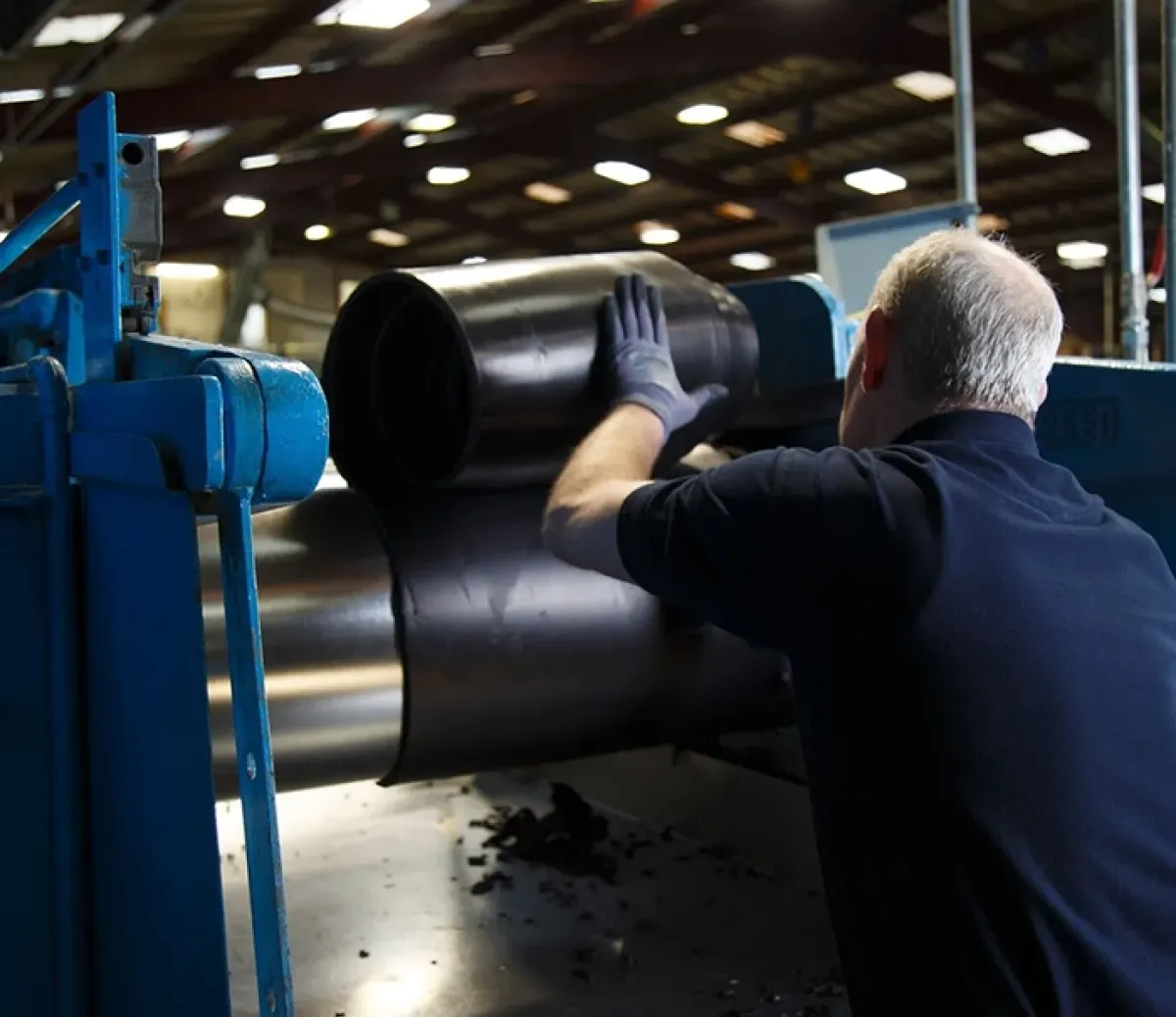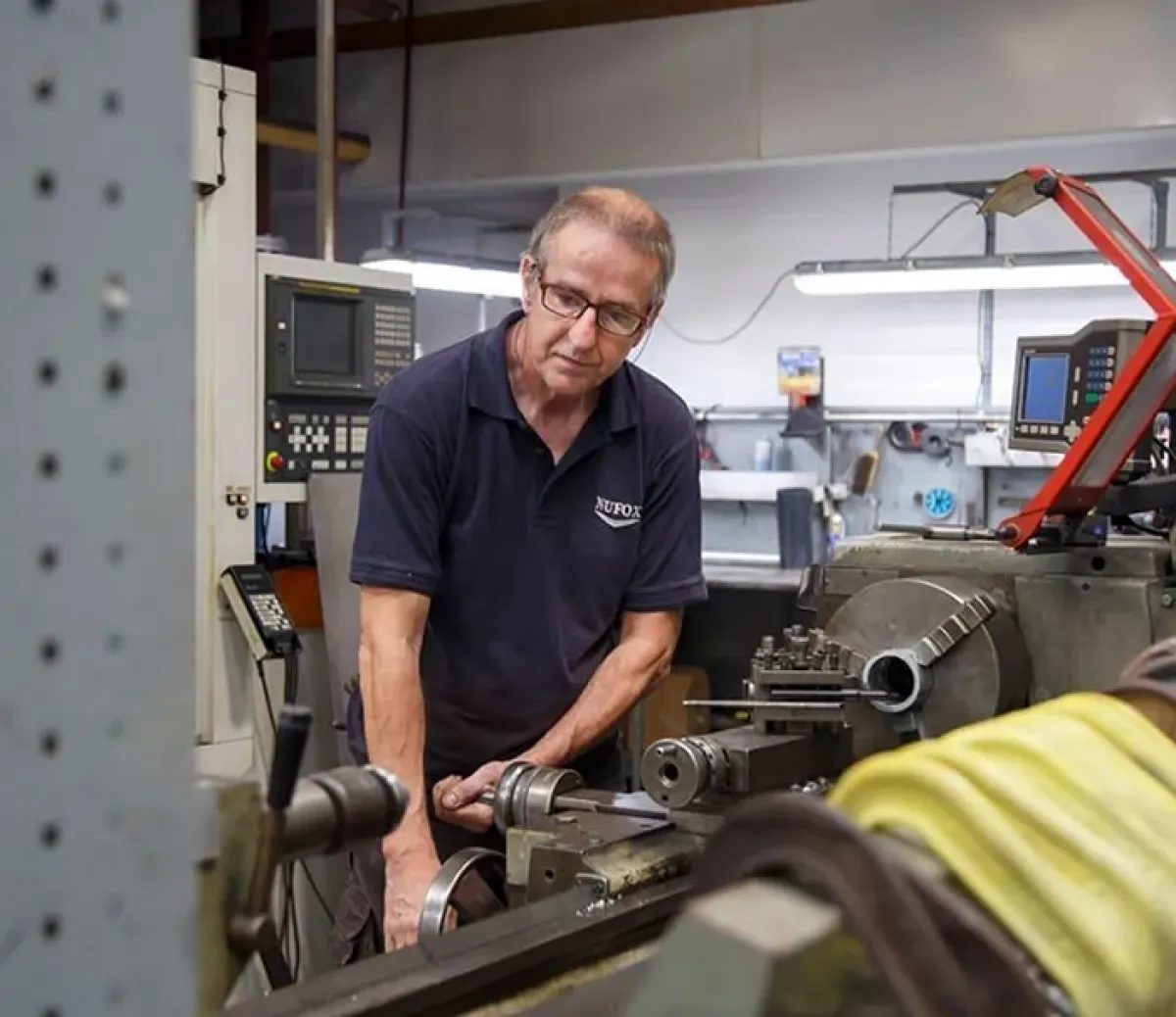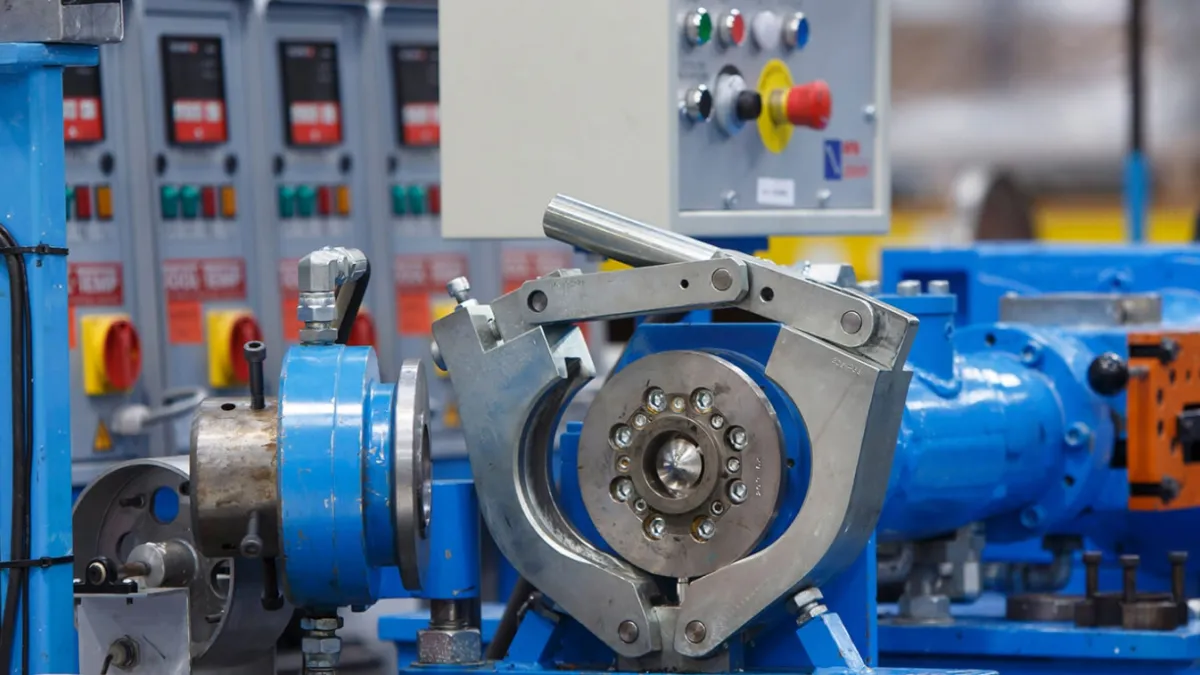By using this website, you agree to our Privacy Policy
×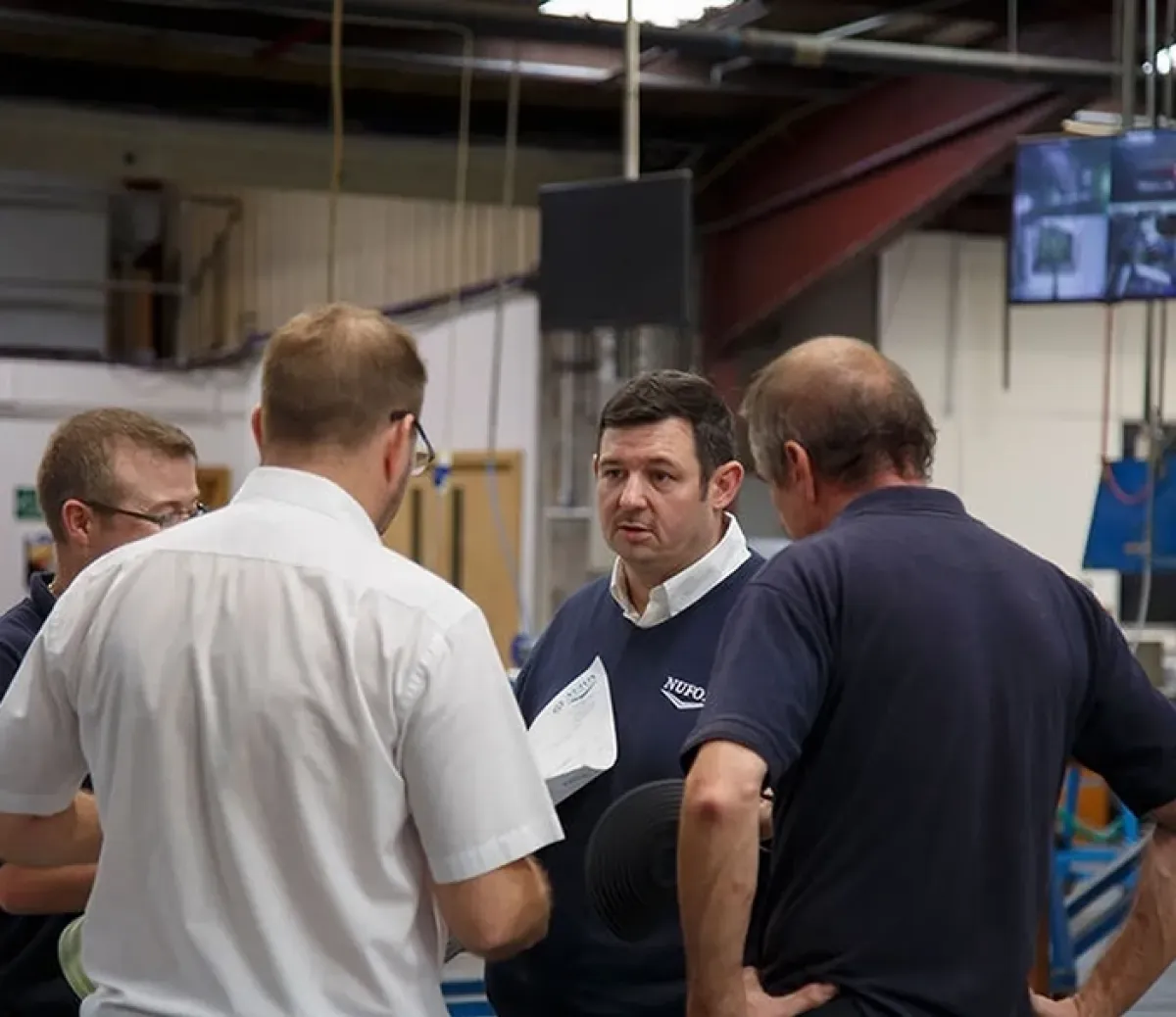
Custom Rubber Mouldings
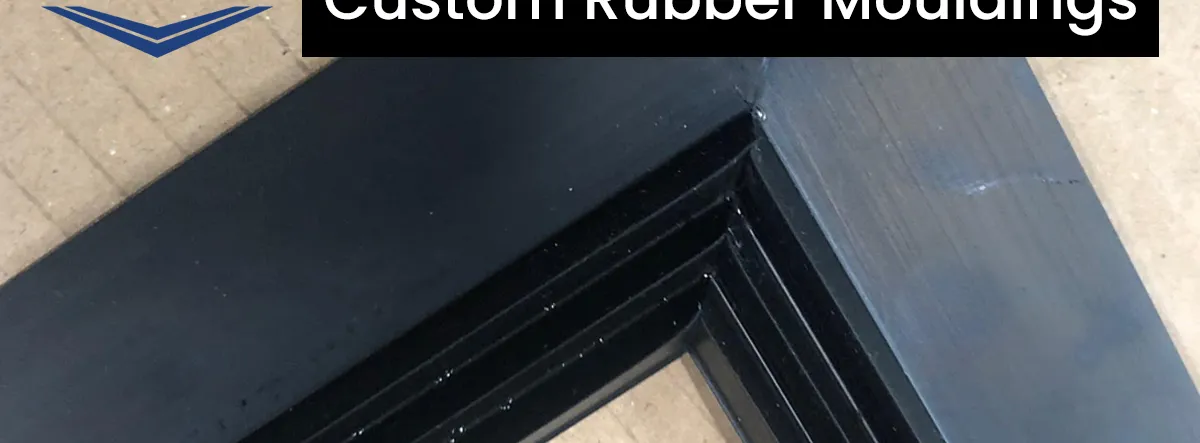
Custom rubber mouldings are produced through manufacturing processes in which we shape rubber compounds into specific forms.
The rubber compound is a mixture of natural or synthetic rubber (elastomers) and various chemicals which act as curatives, reinforcers, pigments, lubricants, desiccants (moisture removers) or flame retarders.
Parts for various industries are produced based on a customer's designs and requirements.
Unique rubber components are produced to meet the precise needs of the industries we often deal with.
Industries including defence, nuclear, civil engineering, rail, construction, automotive, aerospace, electronics, recycling, and medical devices frequently need rubber parts, large and small, which are put to heavy use and face various environmental challenges.
How We Produce a Custom Rubber Moulding
To produce a custom rubber moulding, Nufox Rubber will design a prototype and choose the correct polymer before fabricating the custom mould. Here’s our process.
Design and Prototype
Armed with the requirements of the final application - our customer’s design needs - we start to design and develop a custom mould that will produce (and reproduce) the shape.
Using decades of experience and knowledge, our in-house team creates a model of the rubber moulded part in our specialised computer programmes called CAD - Computer-Aided Design Software.
Reference geometry, such as sketches and specifications, is imported into the CAD software to provide a basis for creating the rubber part's 3D model.
Nufox Rubber then models the tooling from the model to make the final component.
We must consider parting lines, draft angles, and venting factors to ensure the mould will release the final part correctly, ensuring the integrity and quality of the final product.
Consult the Client to Check
After the production of the prototype, we liaise with the client. Together, we check that the CAD model and the tooling are perfect.
Choosing the Correct Polymer
Nufox Rubber chooses the appropriate rubber material based on the customer’s desired properties, such as hardness, flexibility, and the required environmental and temperature resistance.
We make mouldings from various elastomers, such as natural rubber, silicone rubber, EPDM (ethylene propylene diene monomer), neoprene, Nitrile, HNBR, FKM/Viton and Hypalon, etc.
Elastomers are natural or synthetic polymers that have elastic properties.
Fabricate the Custom Mould
The mould tool is then fabricated; moulds can be made from metals (aluminium or steel) or various composites, depending on the production requirements.
Each mould tool made by Nufox Rubber has records, so we know how to reproduce it. If lost or damaged, we can re-create any mould we’ve designed.
Once the custom rubber moulding is created and fully checked, we move on to develop a prototype of the final rubber part.
Prototype of the Final Rubber Part
After the mould is created, we create a final product prototype. A precise rubber compound explicitly chosen for each project is pressed into a cavity. The rubber inside the cavity is then exposed to heat and pressure, initiating a chemical reaction that cures (sets) the rubber.
Temperature, pressure and length of cure are carefully controlled, as the combination of these three parameters gives the moulding the required characteristics.
Some of the different methods of moulding we use at Nufox Rubber are compression moulding, injection moulding, and transfer moulding.
Nufox Customer Rubber Moulding Methods
Compression Moulding
Compression moulding involves placing the rubber material directly into the mould cavity. We close the mould before applying heat and pressure to cure the rubber.
Injection Moulding
In the injection moulding process, we heat the rubber material to a molten state and then inject it into the mould cavity under pressure, ready for curing.
Transfer Moulding
Transfer moulding is a combination of compression and injection moulding. Nufox Rubber uses a heated pot of rubber material to transfer into the mould cavity. Transfer moulding is used for moulding discrete rubber items and joining rubber products together to form rubber gaskets and rings.
The Next Steps in Custom Rubber Mouldings
Whichever method we’ve used, we now have to release the fabricated rubber product from the mould and clean it up before testing.
Curing Rubber
In the curing stage, we allow the moulded rubber to set within the mould. The curing process involves heat and time, which vary depending on the rubber material and moulding method.
Demoulding
Demoulding is when we open the mould and remove the component. This may include mould release, injection pins, compressed air and other methods.
Post-Processing
In post-processing, the team at Nufox Rubber trims excess material, inspects for quality, and performs necessary post-curing processes. Specific applications may require additional coating, painting, or bonding treatments.
Quality Control
The completed moulded item is now quality control checked against the product requirements sent by the customer.
QC checks include aesthetics such as colour and finish, bond adhesion and integrity (for inflatable seals and such), physical characteristics such as strength or compression resistance or whatever other checks the customer requires.
Which Industries Suit Custom Rubber Moulding Techniques?
Custom rubber moulding is a versatile process used in various industries, including defence, nuclear, civil engineering, rail and construction, automotive, aerospace, electronics, recycling and medical devices.
The choice of moulding method depends on factors such as the part's complexity, production volume, and material properties.
Working with a rubber moulding company like Nufox Rubber and adhering to quality control measures is crucial for achieving consistent and reliable results.
What could you use our custom rubber moulding services for? The possibilities are endless.
Speak to One of Our Experts
Contact UsLEARN
INDUSTRIES
PRODUCTS
BRANDS
GET IN TOUCH

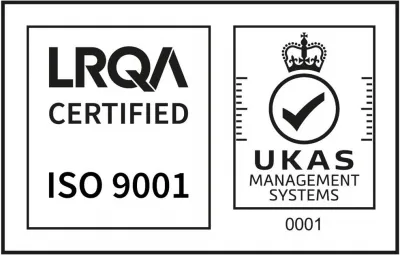
- © 2025 Nufox. All rights reserved |
- Terms & Conditions |
- Privacy Policy |
- Download ISO Certificate | Web Design MadeByShape
